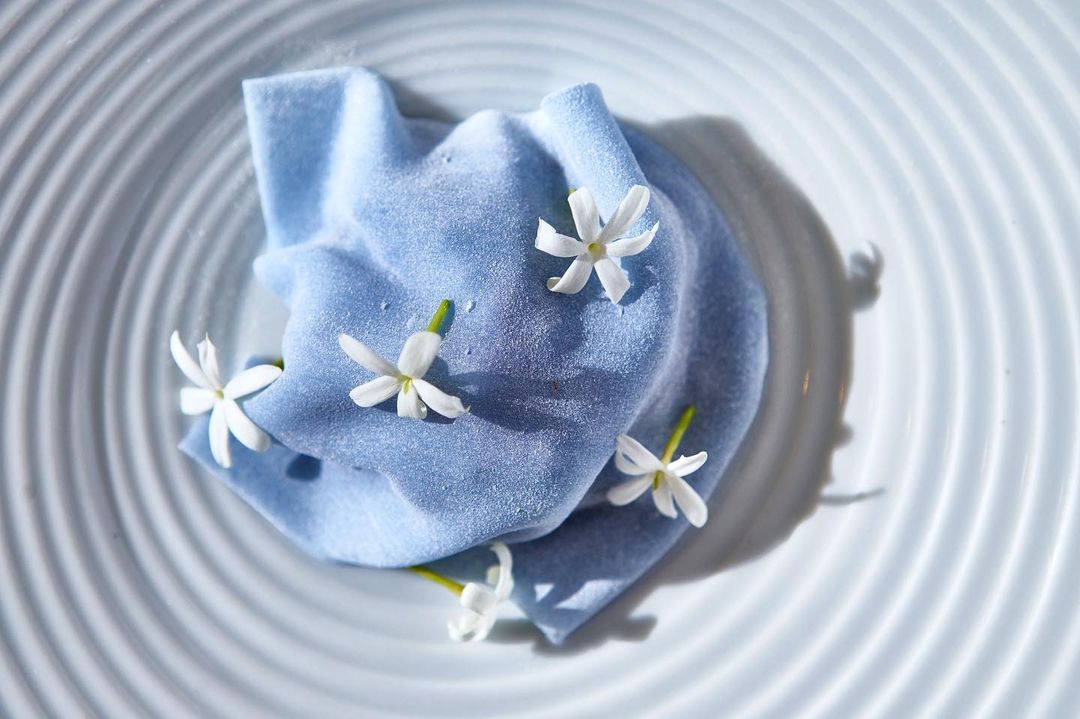
The Enigmatic Allure of Blue Food
Blue food immediately grabs attention with its captivating mystery, owing to its vivid colors and clarity. It often feels like something new or a seasonal trend. However, some cultures have a long-standing tradition of incorporating blue food.
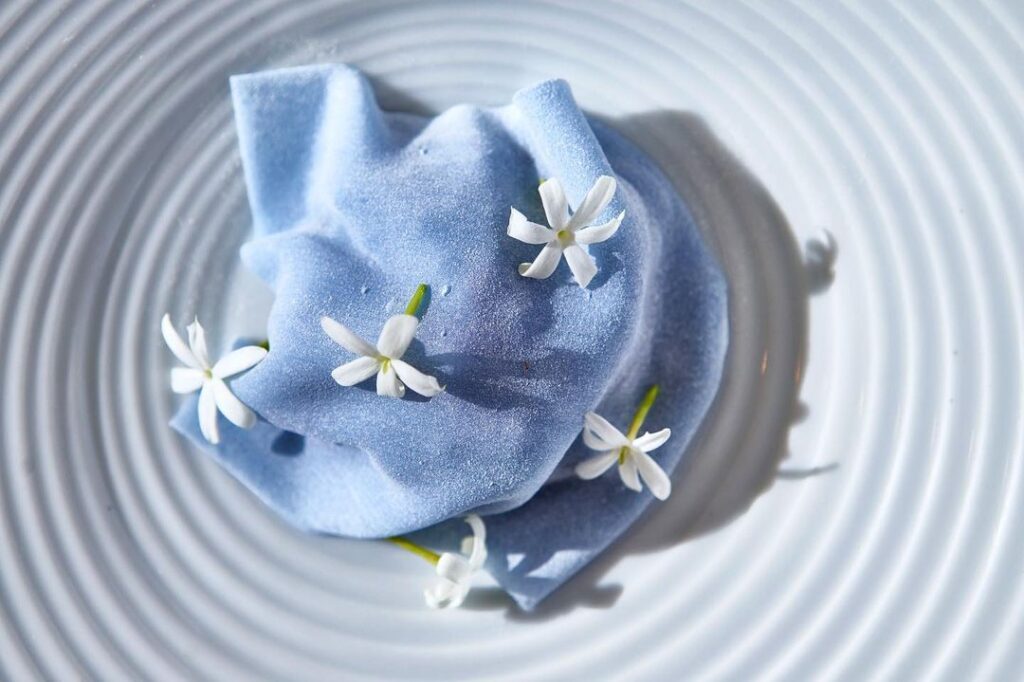
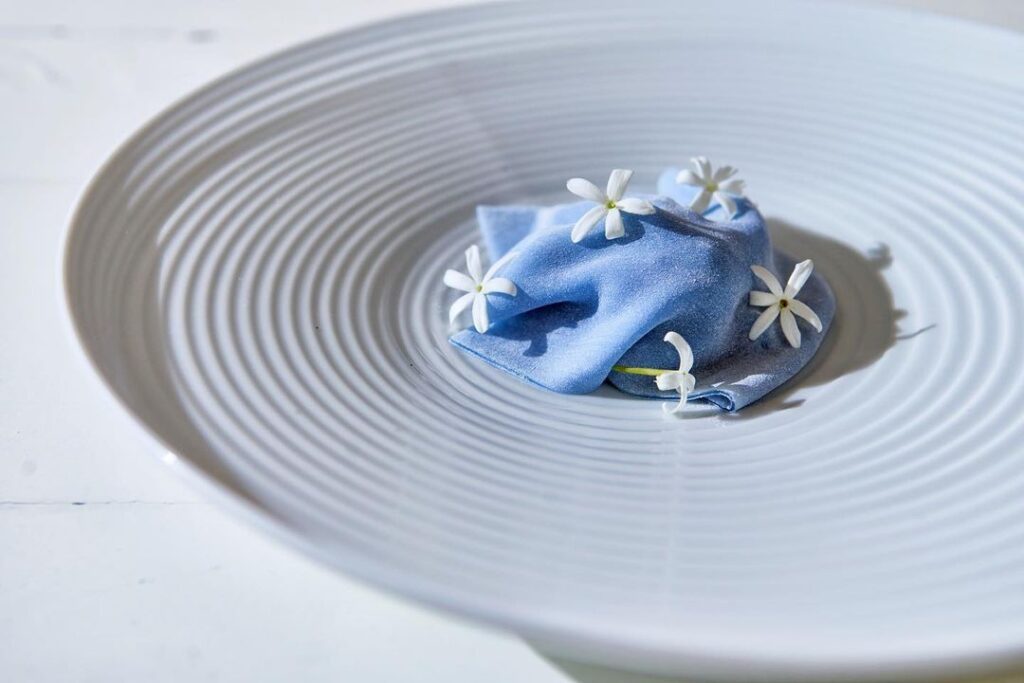
The Cultural Significance
In Mexico, blue food holds considerable cultural value and deeply roots itself in culinary traditions. An excellent example is the use of blue corn in traditional dishes such as “blue tortillas” or “tlaxcales.” The vibrant blue hue of these tortillas comes from a variety of blue corn that not only adds visual appeal but also holds historical and symbolic significance. Mexicans have cultivated and consumed blue corn for centuries, creating a link to indigenous heritage and culinary traditions. They frequently use the vibrant blue tortillas as a base for various fillings, resulting in visually striking and delicious dining experiences that pay homage to Mexico’s rich culinary history.
The Fascination with Blue Food
In Japan, the fascination with blue food is evident through the use of spirulina, a nutrient-rich blue-green algae. Chefs and food artisans incorporate spirulina into traditional dishes to achieve a vibrant blue color. For instance, they use it in making blue mochi and blue ice cream. The addition of spirulina not only enhances the visual appeal of these desserts but also introduces a unique taste and nutritional profile. The intriguing blue hue, combined with the traditional Japanese craftsmanship involved in making mochi, showcases the country’s commitment to culinary artistry and innovation. Japan’s blue food reflects the harmonious combination of cultural tradition and contemporary culinary exploration, offering captivating and unforgettable dining experiences.

The Dark Side of Blue
On the dark side of blue, some cultures may find indigo food less appetizing due to concerns about artificially colored food. Additionally, studies indicate that blue-tinted foods can suppress appetite. This phenomenon arises from the scarcity of naturally occurring blue foods in some cultures, leading to subconscious indifference. Researchers refer to this effect as the “blue food effect.”
Natural Pigments and the Transformative Power of Blue
However, it’s important to note that many plants contain natural blue pigments, which people widely use across cultures and are safe for consumption. Throughout history, people have actively sought natural blue pigments from plants, algae, and insects to create blue foods. Butterfly pea flowers produce a vivid indigo shade, berries contribute a deep blue hue, and spirulina generates intense shades, transforming culinary creations. Using these natural pigments not only enhances visual appeal but also demonstrates our creative exploration of nature’s palette. These plant-based blue pigments offer a safe and vibrant way to incorporate blue colors into various dishes, fostering diverse culinary experiences.
The allure of blue food, with its captivating hues and cultural significance, continues to fascinate and inspire, offering unique and visually striking dining experiences. Whether rooted in tradition or embraced as a contemporary trend, showcases how culinary heritage and innovation harmonize.
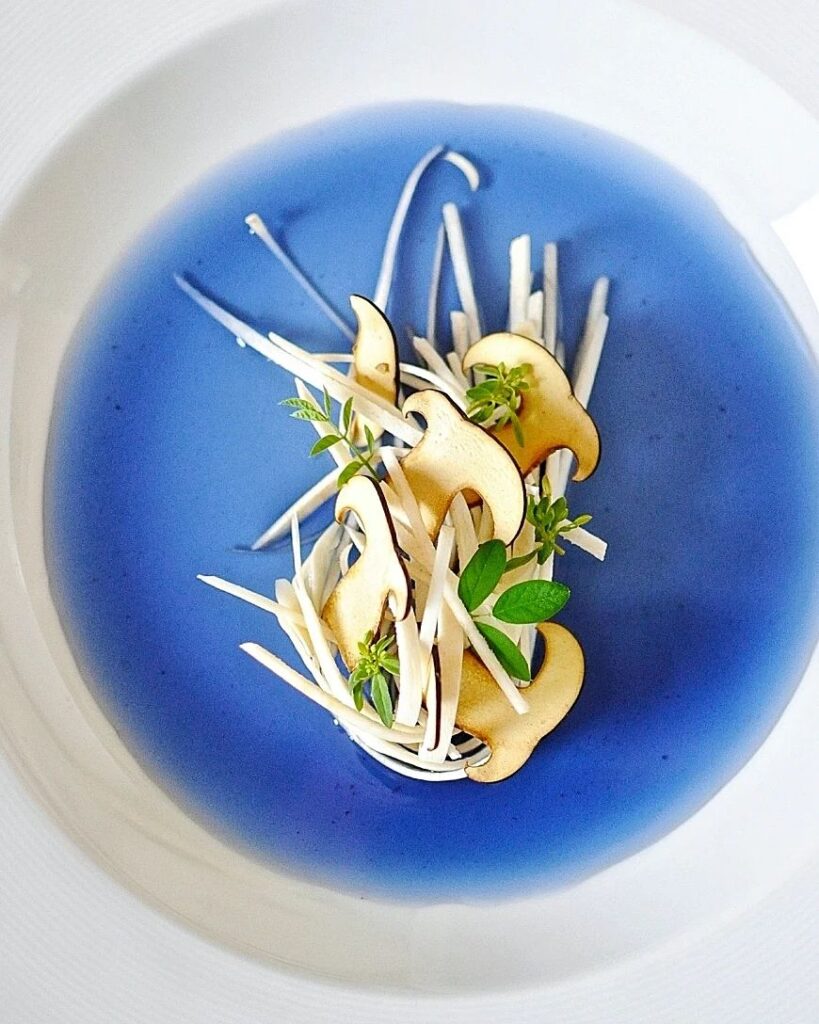
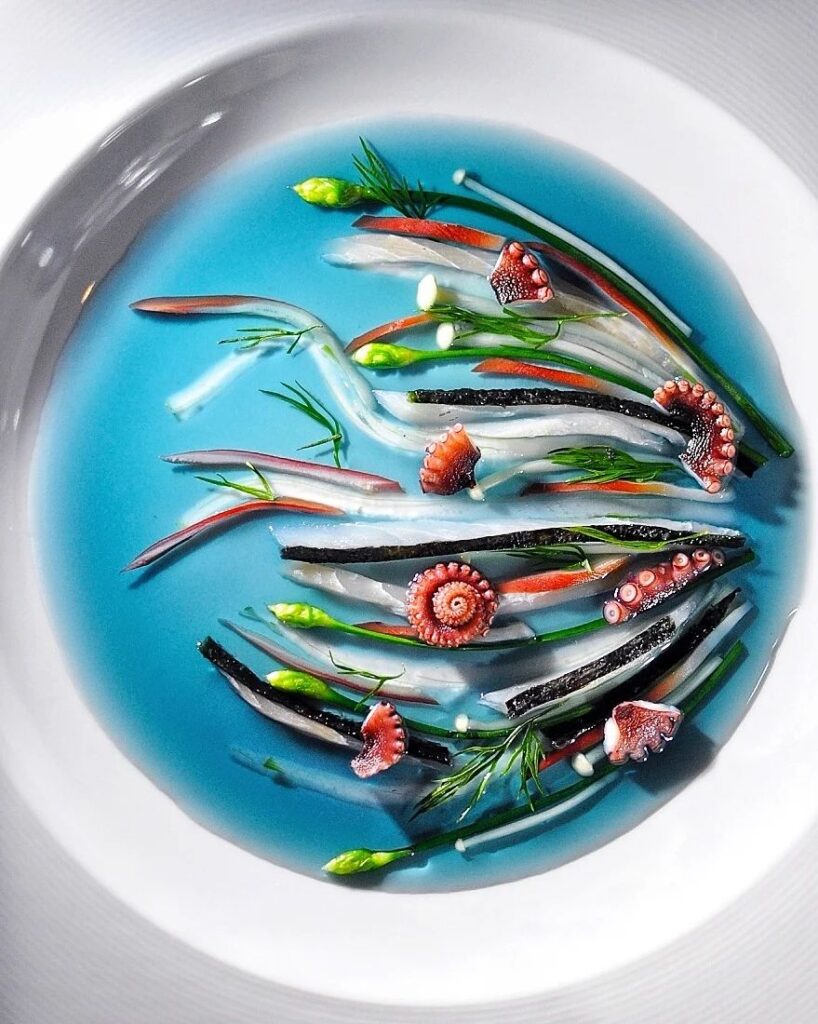







Post a comment